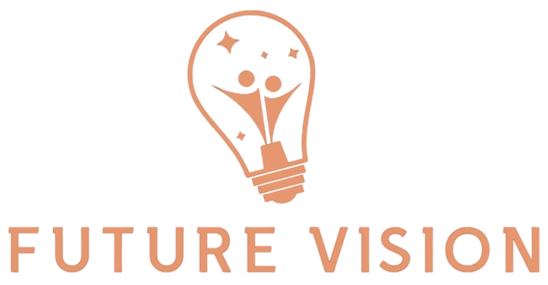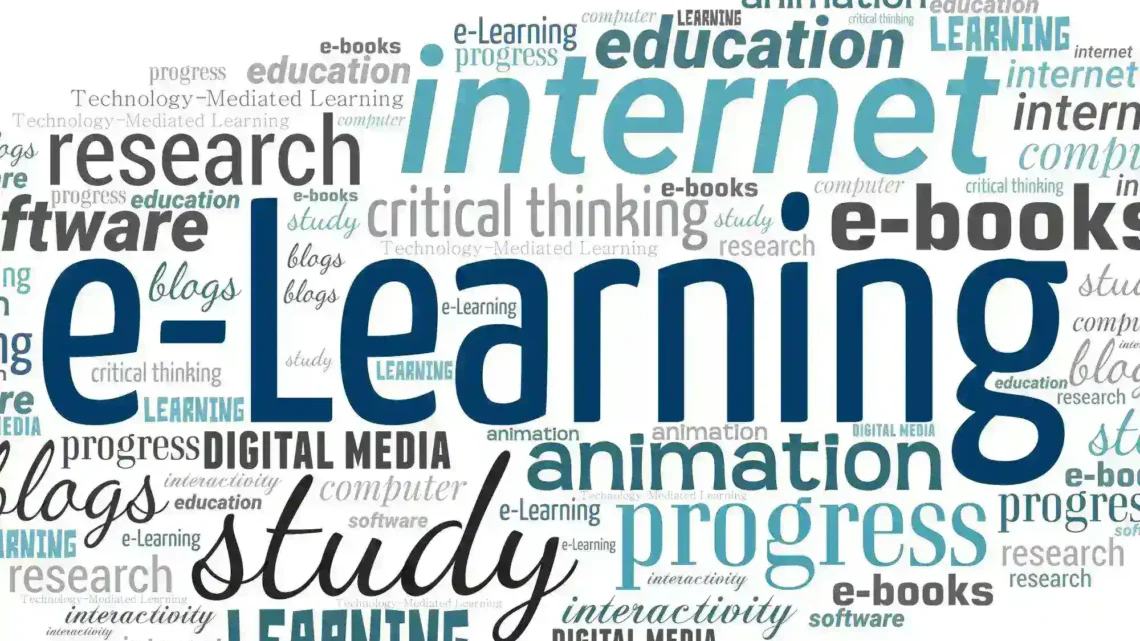In recent years, technology has significantly transformed many aspects of our daily lives, and education is no exception. E-learning platforms have emerged as a powerful tool, allowing learners of all ages to access high-quality educational content anytime, anywhere. This digital revolution in education is reshaping traditional learning models, offering more personalized, flexible, and scalable opportunities for both students and educators. As a result, technology-driven e-learning platforms are playing a vital role in democratizing education and addressing the diverse needs of learners worldwide.
The Rise of E-Learning: A Global Phenomenon
The adoption of e-learning platforms has grown exponentially, particularly since the COVID-19 pandemic, which forced schools and universities to shift to online learning environments. With the need for remote learning solutions, the demand for e-learning platforms surged, leading to widespread digital innovation in education.
Factors driving the rise of e-learning platforms:
- Increased Internet Access: As internet penetration improves globally, more people have access to digital educational resources.
- Flexible Learning Schedules: E-learning allows students to learn at their own pace, making education more adaptable to individual schedules.
- Cost Efficiency: Online courses tend to be more affordable than traditional education, eliminating the need for physical infrastructure.
- Technological Advancements: The development of cloud computing, AI, and other technologies has enhanced the e-learning experience.
E-Learning Platforms: A New Approach to Education
E-learning platforms are web-based or app-based systems that deliver educational content, often structured into courses, lessons, or modules. These platforms range from massive open online courses (MOOCs) to specialized learning tools designed for corporate training, K-12 education, and higher education.
Key features of e-learning platforms:
- Interactive Multimedia Content: Videos, quizzes, infographics, and simulations help make learning more engaging.
- Personalized Learning Paths: AI and machine learning algorithms tailor content to the learner’s abilities, pace, and preferences.
- Gamification: Platforms incorporate game-like elements, such as badges, points, and leaderboards, to increase motivation and participation.
- Assessment Tools: Automated quizzes and tests evaluate students’ understanding and progress.
- Collaborative Learning: Discussion forums, live chats, and group activities foster interaction and peer learning.
| Platform Feature | Purpose | Benefit for Learners | Example |
| Interactive Multimedia Content | Enhances engagement and retention | More immersive learning experience | Interactive video lectures on Coursera |
| Personalized Learning Paths | Adapts to individual needs | Customized education experience | AI-driven suggestions on Khan Academy |
| Gamification | Increases student motivation | Makes learning fun and rewarding | Badges and achievements on Duolingo |
| Assessment Tools | Tracks progress | Immediate feedback on performance | Auto-graded quizzes on edX |
| Collaborative Learning | Encourages peer-to-peer interaction | Develops communication skills | Group projects on Google Classroom |
Personalized Learning with AI and Machine Learning
Artificial intelligence (AI) and machine learning (ML) are playing a pivotal role in personalizing education on e-learning platforms. AI algorithms analyze data on students’ learning patterns, performance, and behavior, enabling the platforms to adapt lessons according to individual needs. This personalized approach ensures that students receive the right level of challenge and support, improving both learning outcomes and satisfaction.
How AI and ML enhance personalized learning:
- Adaptive Learning Systems: These platforms adjust the difficulty of content based on the learner’s progress, offering more challenging tasks as mastery is demonstrated.
- Predictive Analytics: AI uses past performance data to predict potential learning outcomes and offer recommendations for improvement.
- Personalized Feedback: AI-powered systems provide instant, tailored feedback to help learners correct mistakes and improve their understanding of key concepts.
- Learning Behavior Analysis: By analyzing learning patterns, AI can identify areas where a student might struggle and proactively offer additional resources.
Gamification: Enhancing Engagement in E-Learning
Gamification in education leverages game-design elements to make learning more interactive and enjoyable. By incorporating points, badges, rewards, and leaderboards, e-learning platforms turn learning into a more engaging and competitive activity, motivating students to complete courses and achieve higher results.
Benefits of gamification in e-learning:
- Increased Motivation: Learners are more motivated to engage with the content when there are clear goals and rewards.
- Sense of Achievement: Earning badges or leveling up gives learners a sense of accomplishment, encouraging continued progress.
- Healthy Competition: Leaderboards foster competition among peers, pushing learners to perform better.
- Better Retention: Gamified elements can improve memory retention by associating learning with positive emotions.
Blended Learning: Combining E-Learning and Traditional Methods
Blended learning is a model that combines online learning with traditional in-person instruction, offering the best of both worlds. This hybrid approach allows students to access digital content at their own pace while also benefiting from face-to-face interactions with educators. Blended learning has become increasingly popular in schools and universities, where technology complements rather than replaces traditional teaching methods.
How blended learning enhances education:
- Flexible Learning: Students can access course materials online before attending in-person classes, which frees up class time for discussions and collaborative projects.
- Increased Engagement: Interactive digital tools and resources make learning more dynamic and engaging for students.
- More Effective Use of Time: Educators can focus on more interactive, high-level learning during in-person sessions, while foundational knowledge is acquired through e-learning.
- Student-Centered Learning: Blended learning encourages students to take more responsibility for their learning and develop self-directed study skills.
| Blended Learning Approach | Online Component | In-Person Component | Benefit for Learners |
| Flipped Classroom | Online videos and materials for self-study | Class time used for problem-solving | More interactive learning experience |
| Rotational Model | Students alternate between online and face-to-face sessions | Instructor-led discussions | Greater flexibility in learning |
| Enriched Virtual Model | Primarily online instruction with occasional in-person support | Personalized feedback from instructors | Combines flexibility with guidance |
| Project-Based Learning | Online research and resources | Collaborative in-person projects | Develops both independent and teamwork skills |
Collaborative Learning through Technology
E-learning platforms have made collaborative learning more accessible, enabling students to work together on projects, share ideas, and discuss topics in real time, regardless of geographical barriers. Collaborative learning tools such as video conferencing, discussion forums, and group projects foster a sense of community among learners, which can lead to better engagement and improved educational outcomes.
Key collaborative tools in e-learning platforms:
- Discussion Forums: Platforms provide online forums where students can ask questions, share ideas, and receive peer feedback.
- Video Conferencing: Students and teachers can interact face-to-face through virtual meetings, enabling real-time collaboration.
- Document Sharing: Tools like Google Docs allow multiple users to collaborate on the same document simultaneously.
- Group Projects: E-learning platforms enable the creation of virtual groups, allowing students to work together on assignments or projects.
| Collaborative Tool | Purpose | Benefit for Learners | Example |
| Discussion Forums | Allows for peer-to-peer interaction | Facilitates knowledge exchange | Peer discussion on Moodle |
| Video Conferencing | Enables real-time communication | Strengthens teacher-student interaction | Zoom integration in Google Classroom |
| Document Sharing | Supports collaborative content creation | Enhances teamwork and productivity | Google Docs collaboration on assignments |
| Group Projects | Fosters teamwork in a virtual setting | Develops collaborative skills | Group assignments in Microsoft Teams |
Assessment and Feedback in E-Learning
Assessment and feedback are essential components of the learning process. E-learning platforms leverage technology to provide instant feedback, giving students the opportunity to reflect on their performance and make improvements in real time. AI-powered assessments also offer insights into student progress, making it easier for educators to identify areas where students may need additional support.
Forms of assessment and feedback in e-learning:
- Automated Quizzes: Multiple-choice quizzes that offer immediate feedback and grading.
- Formative Assessments: Ongoing assessments that help track student progress throughout a course.
- Peer Reviews: Students review each other’s work, offering valuable feedback while developing critical thinking skills.
- AI-Generated Feedback: Personalized, AI-driven feedback tailored to each student’s learning path.
Mobile Learning: Education on the Go
With the rise of smartphones and tablets, mobile learning (m-learning) has become an integral part of e-learning platforms. M-learning allows students to access educational content on their mobile devices, providing flexibility and convenience for learners who are always on the move.
Advantages of mobile learning:
- Accessibility: Learners can access course materials from anywhere, at any time, as long as they have a mobile device and internet access.
- Microlearning Opportunities: M-learning is ideal for breaking down lessons into short, digestible chunks, making it easier to learn on the go.
- Interactive Apps: Educational apps offer interactive learning experiences with multimedia content, quizzes, and games designed for mobile devices.
- Offline Access: Many e-learning platforms allow users to download content for offline viewing, ensuring that learning is not interrupted by a lack of internet access.
Security and Privacy in E-Learning
As more learning moves online, concerns around data security and privacy have grown. E-learning platforms handle sensitive information, such as personal data and educational records, making it essential to protect this data from breaches or misuse.
Security measures in e-learning platforms:
- Data Encryption: Platforms use encryption protocols to protect data transmitted between users and the platform.
- Two-Factor Authentication (2FA): Ensures that only authorized users can access learning accounts.
- User Privacy Protection: Platforms must comply with regulations like GDPR and COPPA to ensure user data is kept private and secure.
- Secure Cloud Storage: Many e-learning platforms use cloud storage solutions that offer advanced security features, protecting user data from unauthorized access.

